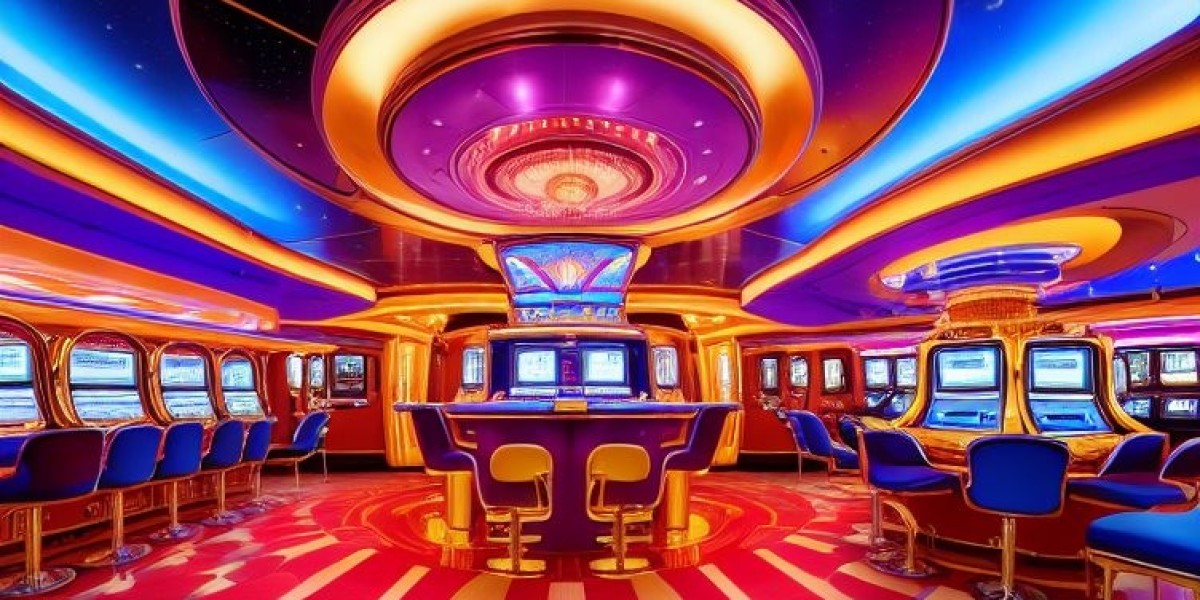The Growing Popularity of Entertainment Robots
The global Entertainment Robots Market Trends are rapidly evolving as technological advancements redefine interactive experiences in homes, theme parks, and public spaces. Entertainment robots, including robotic toys, AI companion robots, and humanoid robots, are no longer a novelty—they have become a core element of personalized entertainment and engagement.
Modern robotic entertainment systems are equipped with artificial intelligence, voice recognition, and motion-sensing capabilities, enabling them to interact naturally with humans. These robots provide educational entertainment for children, companionship for adults, and dynamic experiences in entertainment venues. As families and institutions increasingly embrace interactive robots, the demand for advanced robotic toys and AI companion robots continues to surge.
Key Drivers and Technological Innovations
One of the main factors driving the market is the convergence of AI, robotics, and smart device technology. Interactive robots are now capable of learning user preferences, adapting behaviors, and offering unique, personalized experiences. Humanoid robots designed for entertainment applications are gaining traction in theme parks, museums, and public exhibitions, where they engage audiences with storytelling, performances, and interactive displays.
Additionally, advancements in sensor technology, machine learning, and mobility are enhancing the capabilities of entertainment robots. Integration with related technologies, such as the Spain LED Lighting Market and the Light Detection And Ranging Lidar Market, enables robots to navigate complex environments, deliver immersive experiences, and synchronize with visual and lighting effects seamlessly.
The growing interest in personalized experiences and gamification in educational entertainment is further accelerating the adoption of robotic entertainment systems. With improved AI algorithms, these robots can provide engaging learning experiences, interactive play, and companionship, creating a multi-dimensional entertainment ecosystem.
Regional Growth and Market Expansion
North America and Europe continue to lead the market due to high technology adoption, increasing disposable incomes, and interest in advanced robotics for education and recreation. Asia-Pacific is also emerging as a significant growth hub, driven by urbanization, technological innovation, and expanding consumer interest in smart entertainment solutions.
Moreover, the integration of entertainment robots with smart home systems, educational setups, and recreational venues aligns with the broader trends seen in markets such as Spain LED Lighting Market and Light Detection And Ranging Lidar Market, which are experiencing similar adoption of precision technologies and automation.
Future Outlook
The future of the entertainment robot market promises more advanced, human-like, and socially aware robots. Innovations in AI, machine learning, and sensory technology are expected to enhance interactivity, autonomy, and adaptability. Humanoid robots and AI companions will likely evolve to offer seamless communication, immersive experiences, and emotional engagement with users.
As consumer expectations continue to rise, the Entertainment Robots Market Trends indicate a strong demand for creative, intelligent, and multifunctional robotic solutions that combine entertainment, learning, and companionship in one package.
Frequently Asked Questions (FAQs)
1. What types of entertainment robots are popular today?
Popular types include robotic toys, AI companion robots, humanoid robots, and interactive robotic entertainment systems.
2. Which factors are driving the growth of the entertainment robot market?
Key drivers include advancements in AI, sensor technology, increased consumer interest in interactive experiences, and integration with smart home and recreational systems.
3. Where are entertainment robots most commonly used?
They are widely used in homes, theme parks, museums, educational institutions, and public entertainment venues to provide interactive, educational, and immersive experiences.








